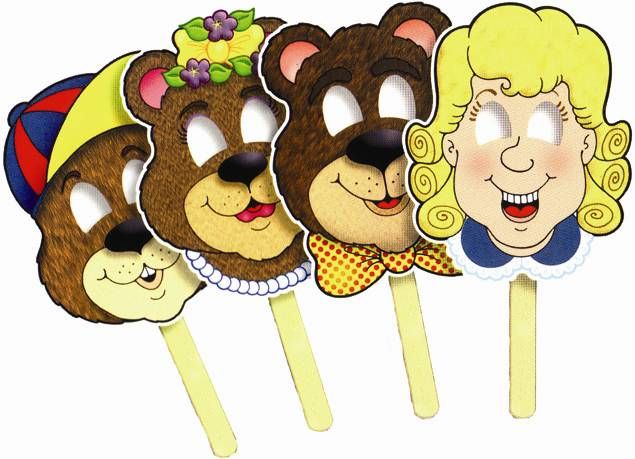This unit covered both fairytales and oral stories, integrating language arts with drama and art. My students LOVED everything about this unit. We covered various story components such as the beginning, middle, and end, characters, setting, and then of course oral stories. We covered one story a week, in the first lesson we would learn one component of stories such as characters, and then in the second lesson, we would act out the story using popsicle masks and classroom props. My students could not get enough of the drama lessons, so we ended up extending the unit just so we could act a few more times.


Oral Stories
Part of this unit was looking at oral stories, their origin, and how they differ from the typical stories we see in class. I began by discussing what oral stories are and then sharing one with the students. I had them close their eyes to help them focus on the story and to help them imagine the story in their mind as it was being told. Once we listened to it we discussed the characters and setting, and some potential lessons the story might be trying to tell us. We also talked about what it was like to hear a story and to picture it in your mind as opposed to looking at pictures during a typical read-aloud. Students then created their own stories! In one day they designed the setting for their story by drawing and labeling it. On the next day, the students created their characters by drawing and naming them. They then sat down with a partner and took turns telling their story. They were so excited to have the creative freedom to tell a story that was their own.


This is an example of some differentiated instruction that I did for a student with a learning disability. He has trouble drawing, but he is really into the Titanic so I printed a few different options of ships and captains for him to pick from. He then decided on the name and colour for each. As you see on the page of the Titanic, we did some writing practice by having him trace over the word I wrote in yellow. He was really into this project and he had an entire story to go along with it- something that is quite rare for this student as his goals at the time were to just be in the class.

